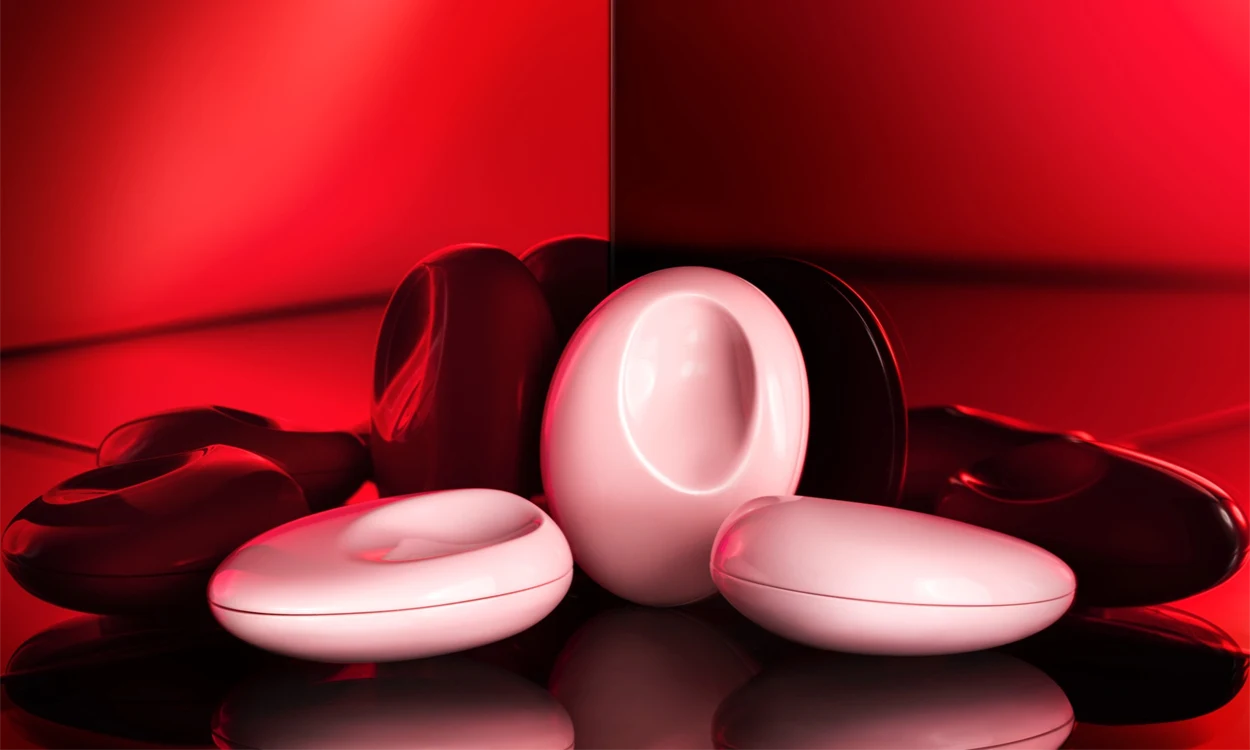Emma’s top trends
Wellbeing
A key macro consumer trend is a focus on health and wellbeing, and we’re living in a time where we can measure a lot of that for ourselves. With this focus on wellbeing, how we see products is also changing. A lot of people, particularly millennials, are moving away from alcohol and trying to find healthier alternatives. British brand Seedlip created the world’s first distilled non-alcoholic spirit. With sophisticated packaging, flavour and scent, it offers a more adult alternative when you don’t want to drink. And instead of traditional wine, there are now wine waters, a healthier option that is packaged in a way that’s very premium.
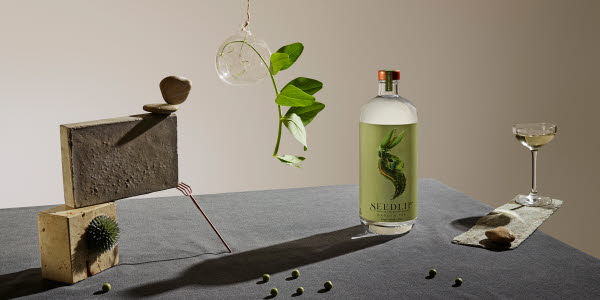
© Seedlip
Sound
One thing we’ve been looking at is how brands are increasingly finding ways to engage with consumers through sound. We’ve seen this through the rise of podcasts and brands trying to find new channels looking for their own original sound. I heard Willi Ringwald, sales director of Multi Packaging Solutions, who created a click box that snaps shut for Decléor say, “Five per cent of selling power is in the ear”. I thought that was really interesting. There will need to be more emphasis on sound in packaging.
I liken it to that satisfying click from closing your lipstick, that sense of security, something that's a bit more premium, even just the two materials clasping together, the magnetism that it provides. Sound in packaging is going to play a bigger part.
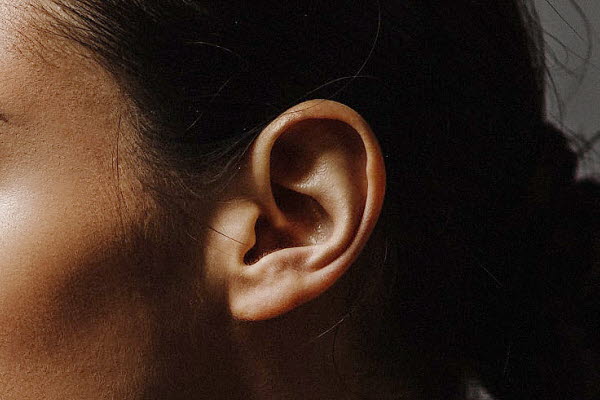
© Samuel Dixon/Unsplash
Distinct shapes
Designers are creating distinct forms, so now just by seeing the shapes of a package, consumers can connect it with the brand. Korean brand Dear Dahlia uses octagonal, sleek black and white marbled packaging for its products, which has made them an Instagram hit. Another example is Lilah B’ who uses pebble-shaped packaging. Before it was the distinct perfume bottle, now this attitude has been adapted to everything from lipsticks to foundation.
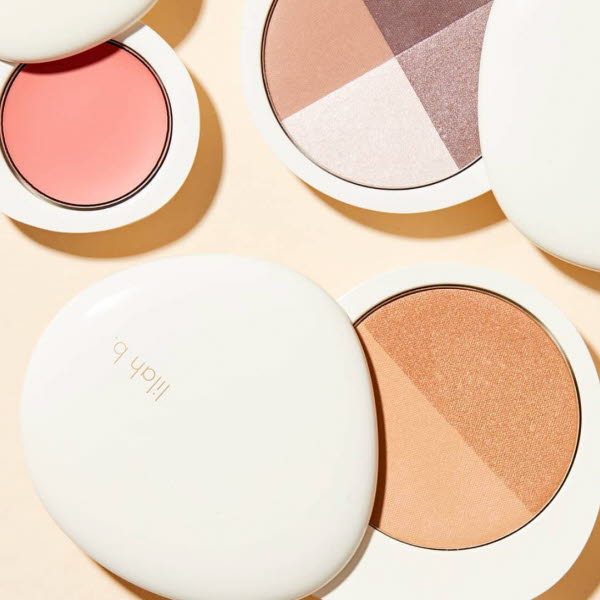
© Lilah B
Sustainability
With the new sustainability movement, there’s a plastic backlash. We’re seeing more and more scientists and packaging designers looking at ways to replace plastic or find innovative ways to reuse it. The leaders in this space are the ones looking for natural replacements. There are a few start-ups, like Potato Plastic or Nuatan, that are using corn or potato starch to create a type of material that's very similar to plastic.
It’s still in the early phase, but they’re even using it for glasses frames, so it’s very robust, which is great. The big question is how can you mass-produce something like this? Another trend in sustainability is using one type of material instead of multiple. When there are too many components, then it becomes impossible to recycle. Packaging companies are focusing on championing one type of material.
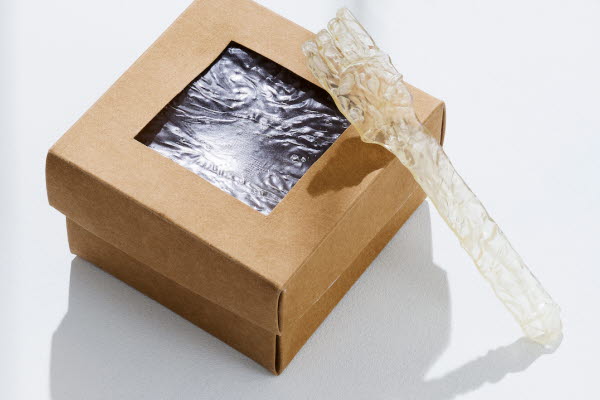
© Pontus Törnqvist
Gesture-based packaging
This is all about how we engage with technology. We’re increasingly swiping and doing things with one hand, so being able to open a package with one hand or being able to “swipe” open a package, instead of twisting it, is where we’re heading. The interesting thing about this is that the whole touch screen revolution came about to be more inclusive, to cater for a market that had difficulty using buttons. So, moving into the world of touch screen or gesture-based packaging is what we call “inclusive design”. Which means a lot more people can engage with this type of packaging. One example of gesture-based packaging is the Glossier new perfume solid that allows you to put your thumb in a groove and slide it open with one hand.
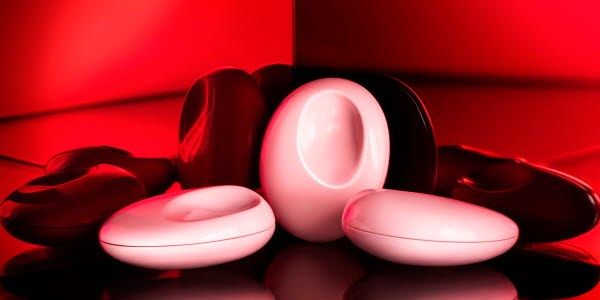
© Glossier
Heirloom packaging
As part of the new wave sustainability movement, producers of luxury packaging are now upping the game by creating one-of-a-kind packaging with bespoke, precious and durable material made to stand the test of time. We call this “Heirloom packaging” and some examples include French lipstick company La Bouche Rouge, billing its lipstick as “refillable, sustainable and pure.” Their products are encased in stylish black leather cases with refills that you order separately.
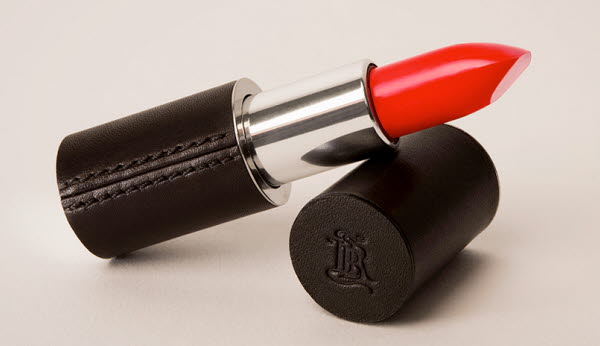
© La Bouche Rouge
Unexpected formats
We’re increasingly seeing industries blurring into one lifestyle ecosystem. For example, beauty becoming more like food and drink and vice versa. The same is echoing in packaging design, where designers are taking inspiration from other sectors. This cross-pollination sees food supplements placed in packages that are designed like premium beauty products, and even merging across retail segments. For example Beauty Chef is a wholefood nutritional supplement that is marketed to give you “a healthy gut and glowing skin”. Or Elle Macpherson’s skin enhancing, energy boosting wellness product Super Elixir with packaging that resembles an expensive fragrance. The same is happening in hair care, like Briogeo Hair’s Be Gentle, Be Kind’s packaging that looks just like a smoothie bottle, in fact, even the products’ contents reflect this.
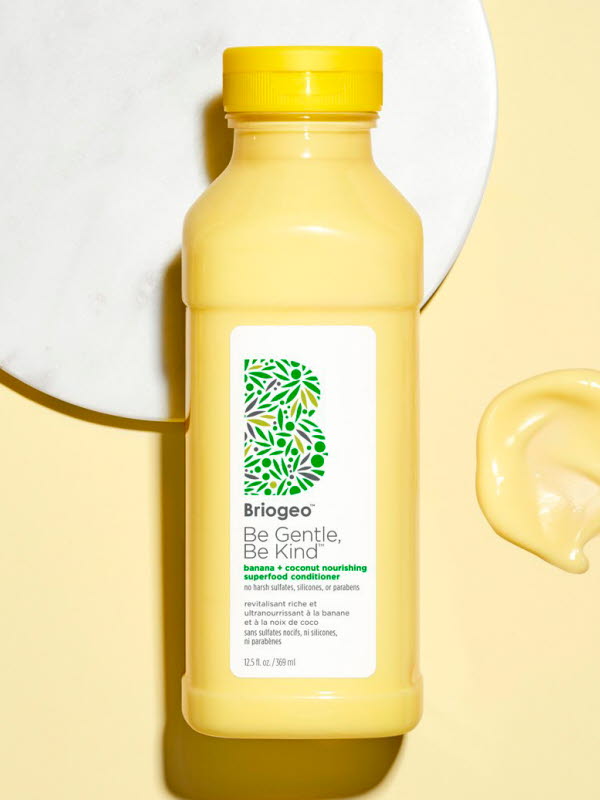 © Briogeo
© Briogeo
Created 16 September, 2019.


